- What we offer |
- PLI Support |
- Magazines |
- Blogs|
- Login |
- Register

Weaving is acknowledged as one of the oldest surviving crafts in the world. The tradition of weaving traces back to Neolithic times – approximately 12,000 years ago. This is the process of interlacing two or more yarns at right angles to each other to produce the woven fabric. The yarns which run lengthwise are called warp (end), while the cross yarns running at right angles to the warp are called filling or weft (pick). Warp and weft yarns, threads per unit length, selvedge, face and back, and top and bottom are features commonly found in all woven fabrics. The machine used... View More
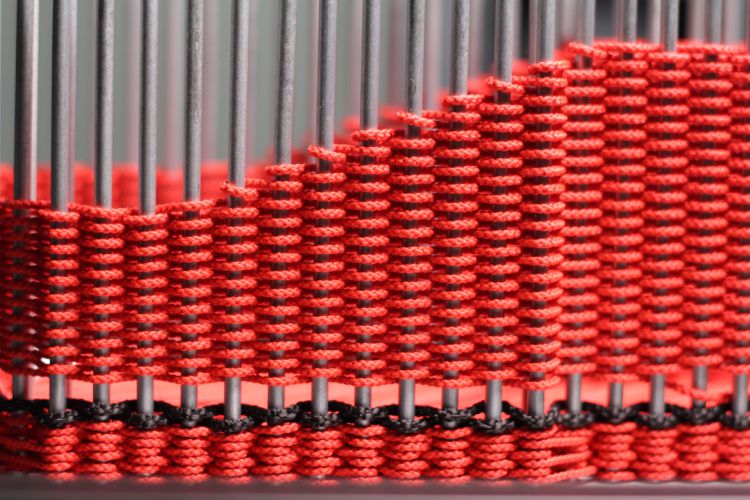
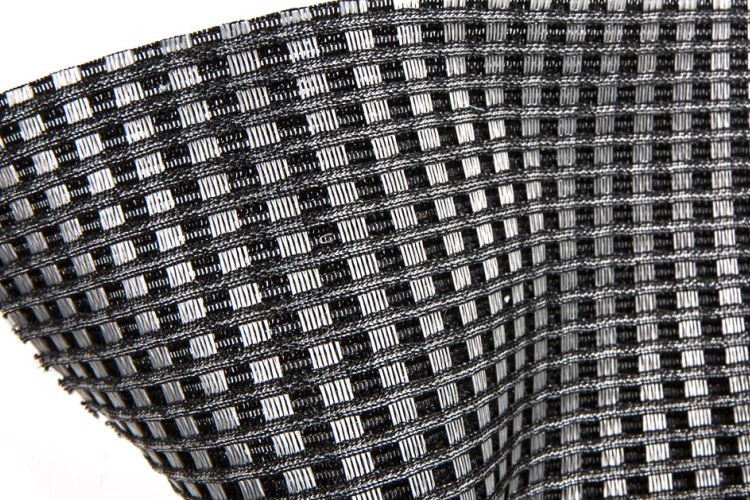
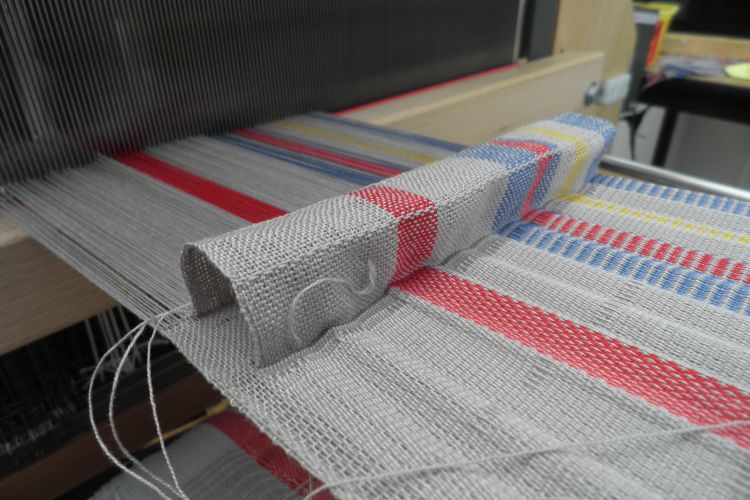
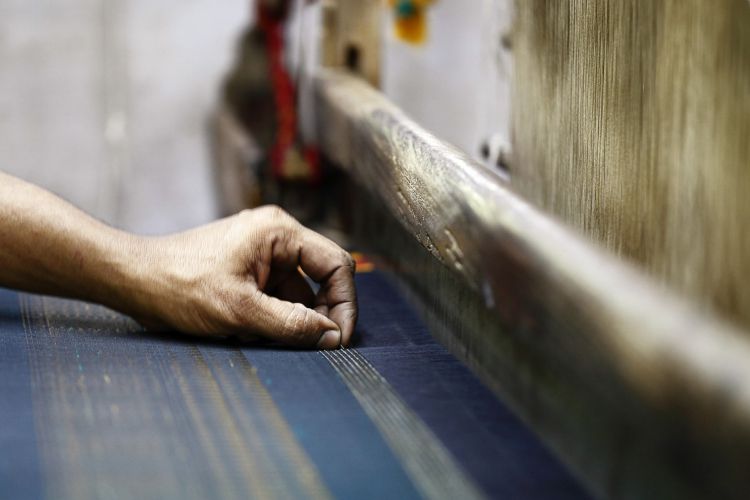
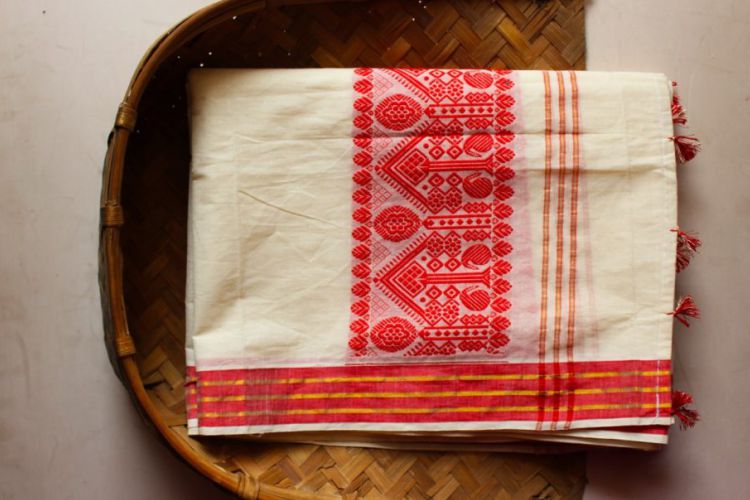
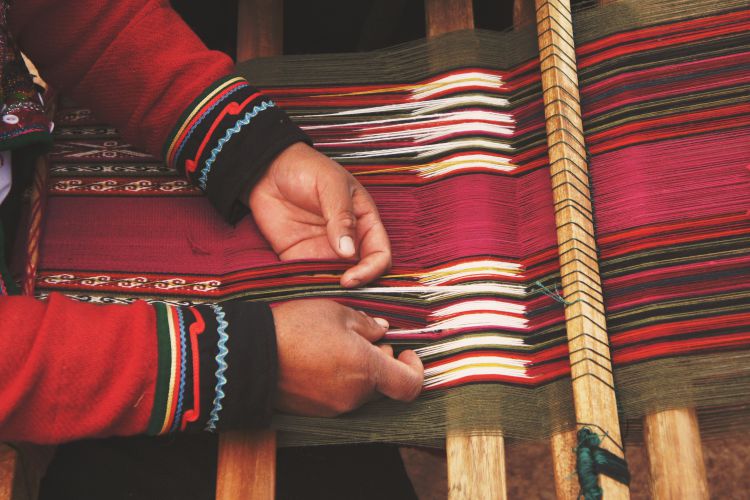
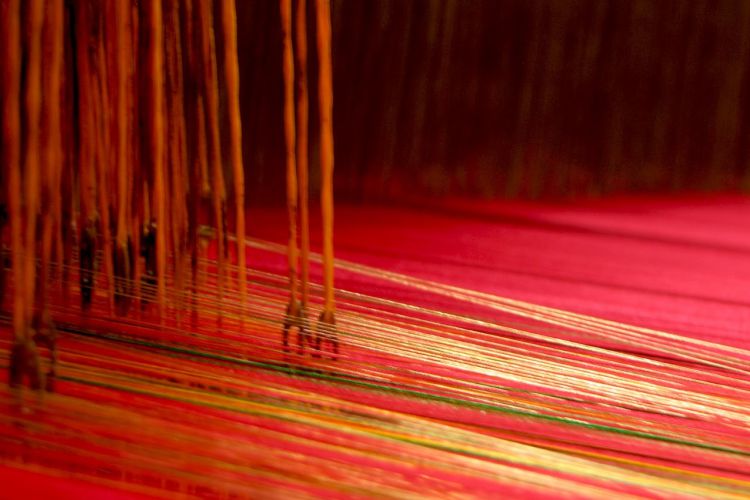
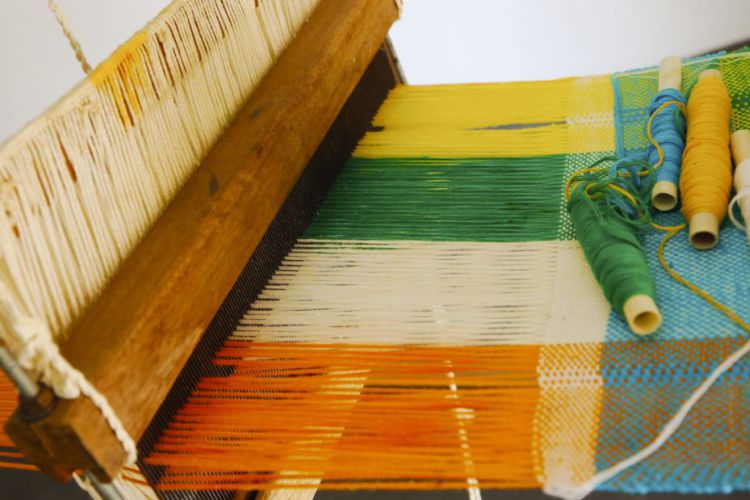
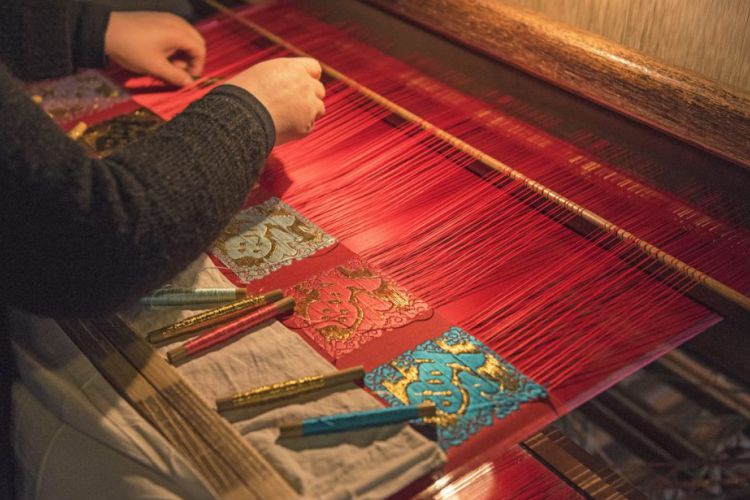


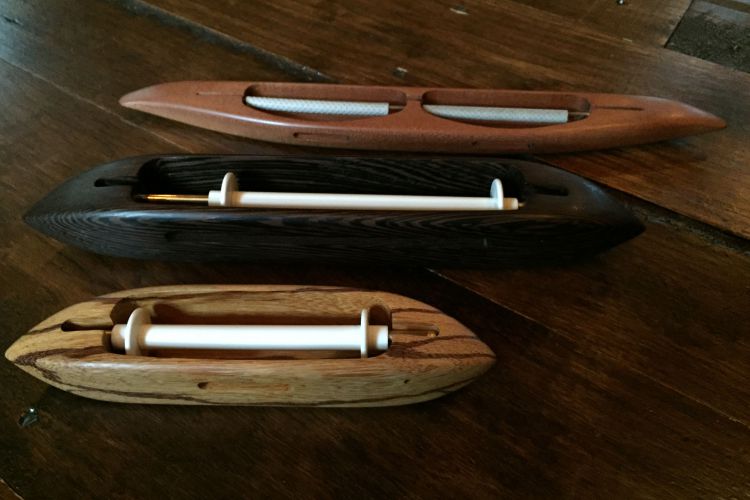
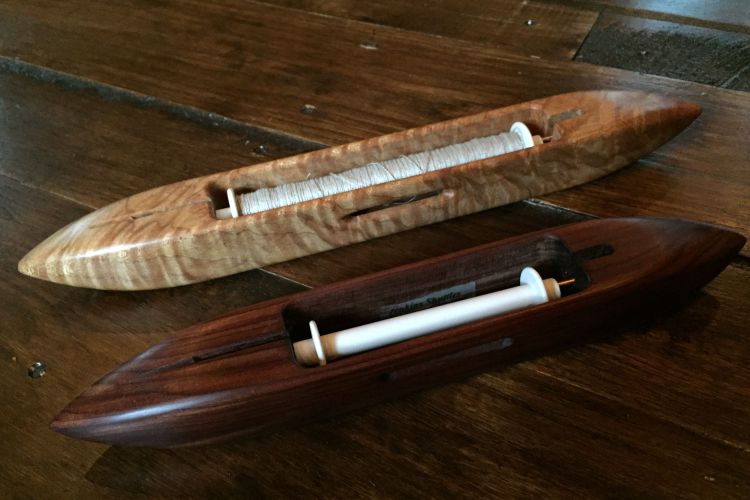

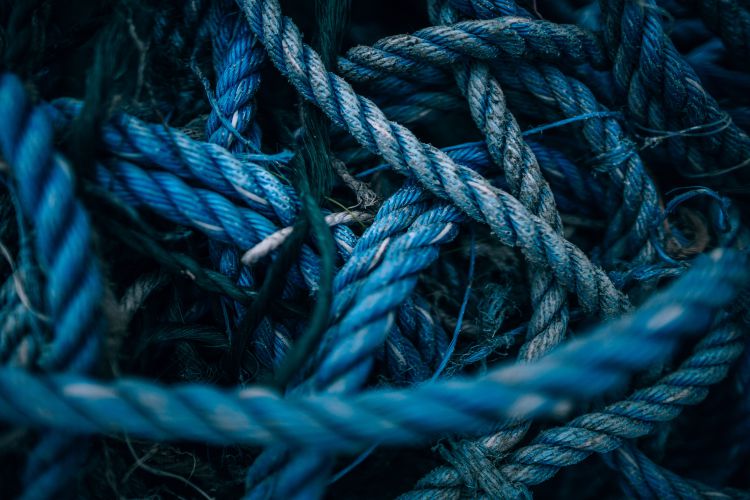

A ‘handloom’ is a loom that is used to weave cloth without the use of any electricity. Hand weaving is done on pit looms or frame looms generally located in weavers�... ....View More

It was not until the 1950s and 1960s that rapier weaving became fully commercialized, with loom technology developing rapidly. A rapier loom uses a finger-like carrier ca... ....View More

Shuttle looms are vintage weaving machines that were widely used prior to the 1960s before modern projectile looms were invented. Weaving on shuttle looms occur as the sh... ....View More

A water-jet is more coherent than an air jet. It is effective in terms of energy requirements and is quiet. When the jet does break up, it goes into droplets which create... ....View More

The first method of 3D woven fabric denotes 3 Dimensional fabrics, which are the length, width, and breadth. In 3 Dimensional fabrics, the thickness is an important crite... ....View More

For an air-jet loom, a blast of air would seem to be an effective way of inserting the filling, but to get enough traction on the filling yarn it is necessary to use very... ....View More